9 Can’t-Miss Tips For Capturing Stunning Wildlife Photographs
When you think of wildlife photography, images of exotic animals from safaris and wilderness treks probably come to mind.
But you don’t have to venture into the heart of Africa to get some amazing wildlife images. Chances are there’s plenty of wildlife in your neck of the woods as well. If not in your own backyard, then most likely just a short drive away.
Capturing excellent wildlife images can be challenging – spotting the creatures, for one thing, isn’t always easy – but this type of photography can also be tremendously rewarding. Not only does it give you the chance to end up with some exciting pictures, but you’ll also have the opportunity to observe some majestic creatures in their natural habitats.
Whether you’re new to wildlife photography, and looking for some tips to get started, or if you’re looking to up your game a bit and capture some truly remarkable images, here are some tips that will help you to go prepared, and capture some amazing shots.
1. Know Your Subjects
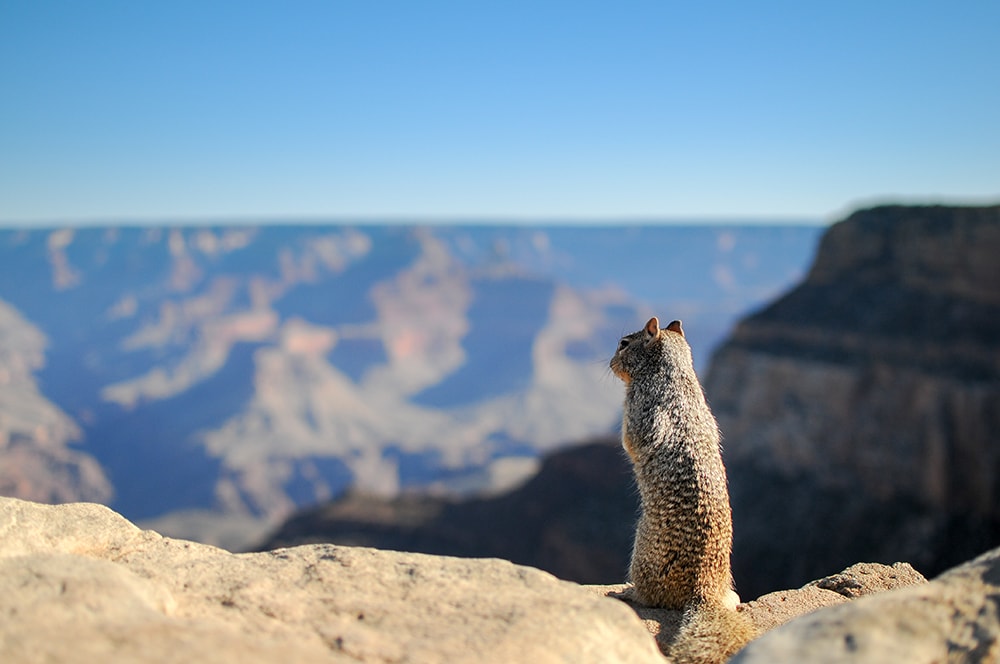
Being familiar with the animals that you’re hoping to capture can increase your chances of creating some amazing images. It will give you a better idea about when to go, where to find them and how to capture them stealthily. Spending some time observing the animals will also help you to familiarize yourself with their habits, allowing you to better predict their actions – to an extent – and helping you to time your shots to capture some great images.
2. Know Your Gear

It may sound obvious, but knowing your gear is crucial when it comes to getting amazing wildlife shots. With animals, you’ll usually only have a few seconds at the most to capture them before they move behind a bush or amble away. Being ready and able to photograph quickly is important. Make sure you have the right lens on – and the settings adjusted – and ready to go.
3. Bring the Right Gear
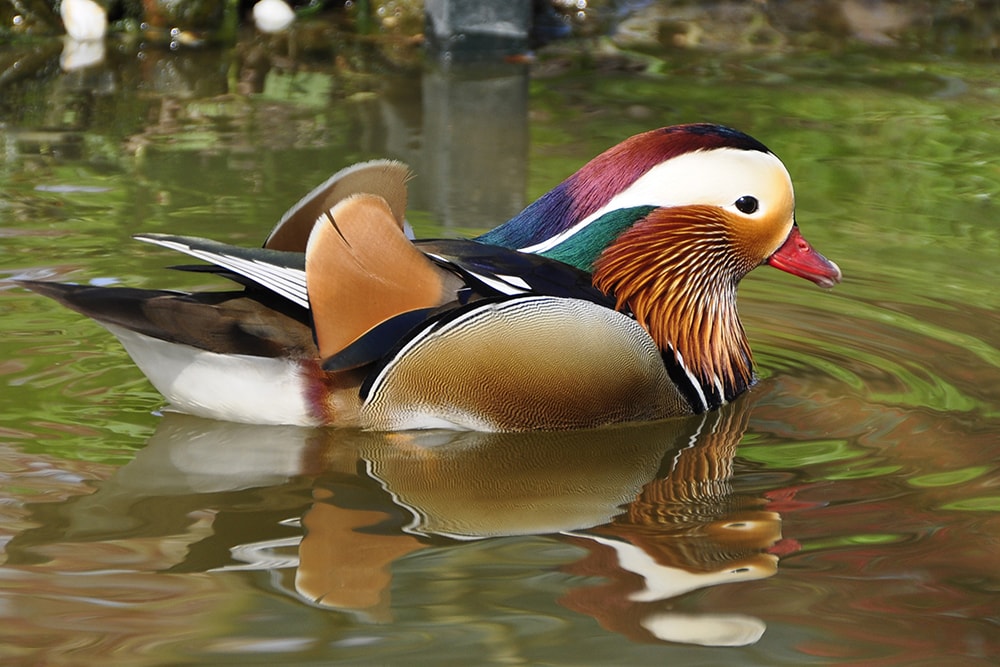
No matter what type of wildlife photography you’re doing, you’ll want to bring a telephoto lens. For most wildlife, a 400mm lens is a good option, but for smaller, more flighty creatures such as birds, you may want to use a lens with a longer focal length – like a 600mm lens. Of course, these big heavy lenses aren’t the easiest to carry along on extended treks, so if you’re going by foot, you may want to consider using a teleconverter on a smaller lens, to increase its distance.
4. Work With the Light
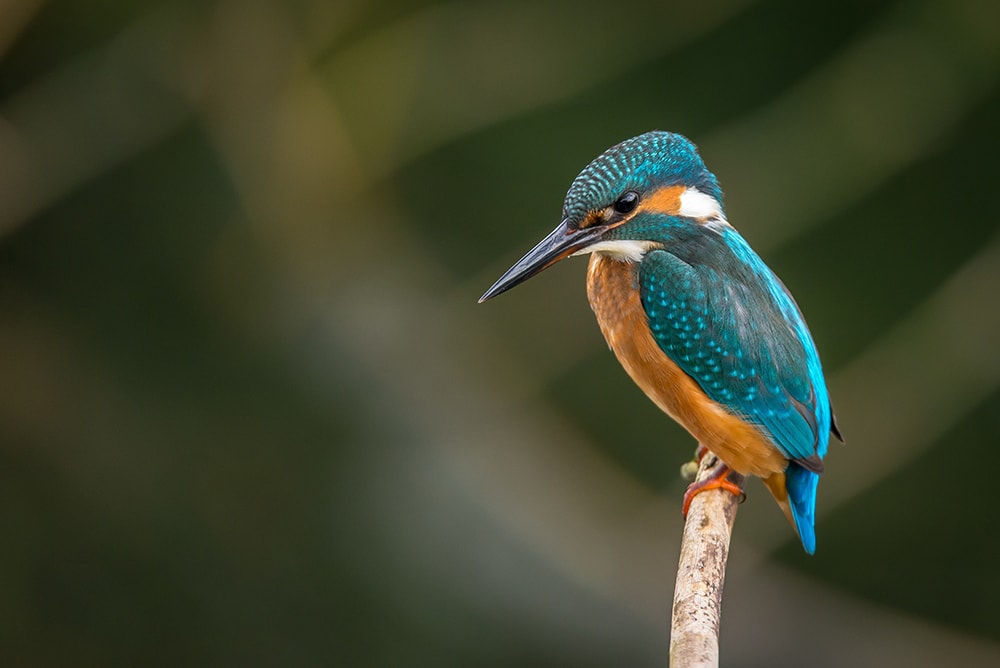
The lighting can make or break your wildlife images. Images captured during the middle of the day, tend to be washed out, and lifeless, often with harsh shadows. Thankfully, though, most wildlife tends to be active in the early morning hours, or afternoon, which is also a great time of day for photography. During golden hour, there’s a good chance that you’ll have some beautiful backlighting for your subject.
5. Consider Your Shot
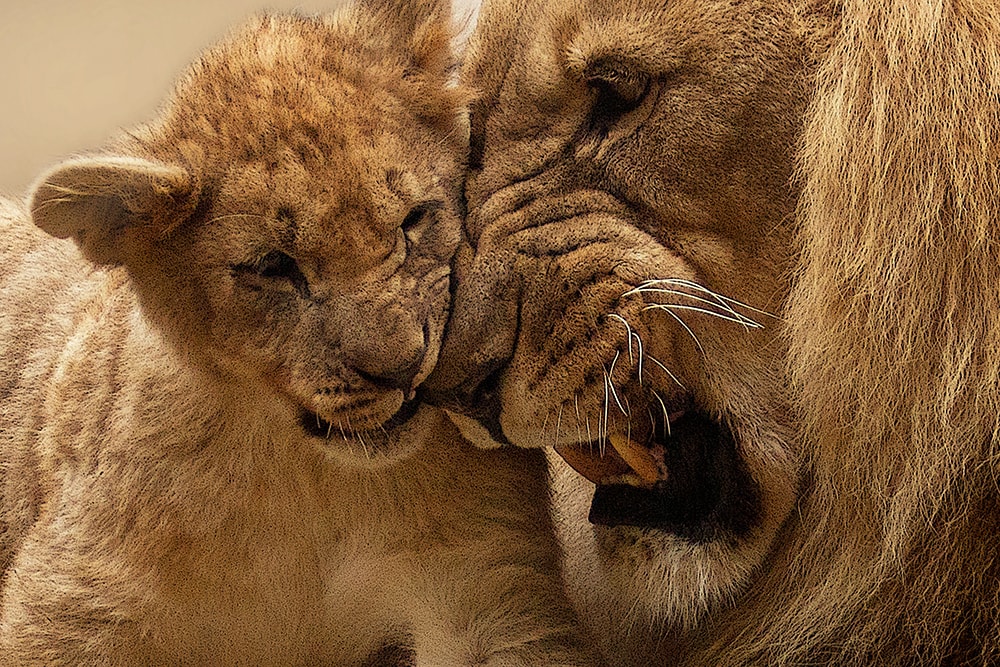
While you may be excited when you see a wild animal wander across your path, avoid the temptation to start snapping before you compose your shot. Before you release the shutter, take a second to make sure the horizon line is straight, and decide whether you want to zoom to fill the frame with the subject, or whether you should include some of the surrounding environment for visual interest.
6. Consider Your Angle

To capture images that stand out, consider your location when shooting. For a unique perspective, try getting down low to the animal’s level. The resulting images will be more real life than it would have been had you shot from eye-level.
7. Use Your Car As Cover
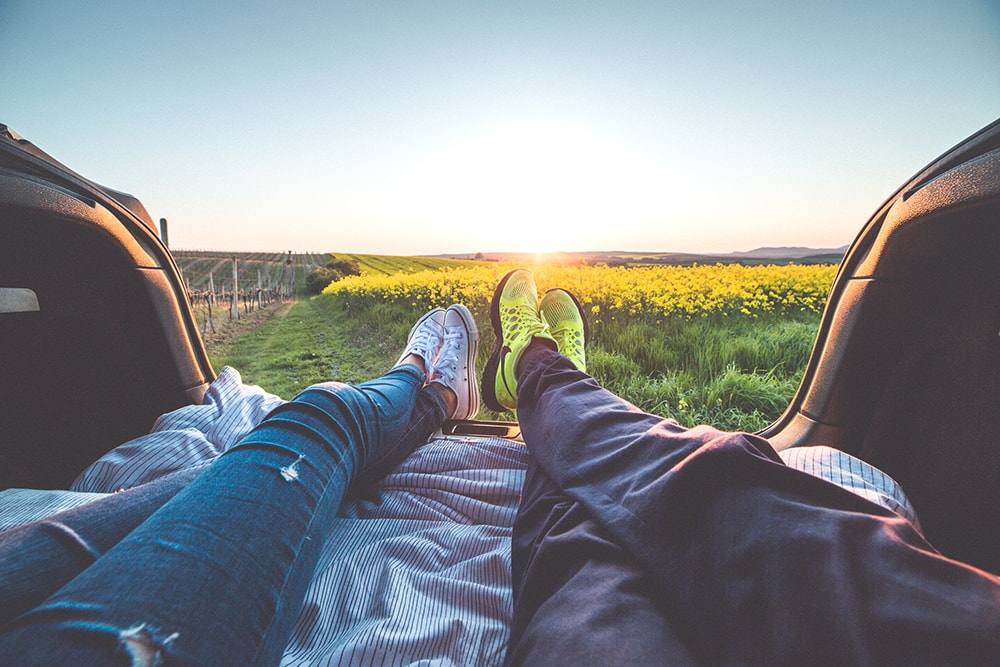
Shooting images from your car can be a great way to capture some up-close images of animals. Often, creatures that normally scare easily will be more used to a car, giving you the chance to get some great close-ups. Using a camera window-mount with a tripod head allows you to stabilizes the camera – something that’s especially important when you’re shooting with a long lens.
8. Don’t Overlook the Smaller Creatures

While we all want to capture the majestic show-stoppers, don’t be so focused on finding your prize, that you miss out on other photo opportunities around you. Smaller creatures, or often-overlooked animals, can make great photographic subjects as well.
9. Be Safe
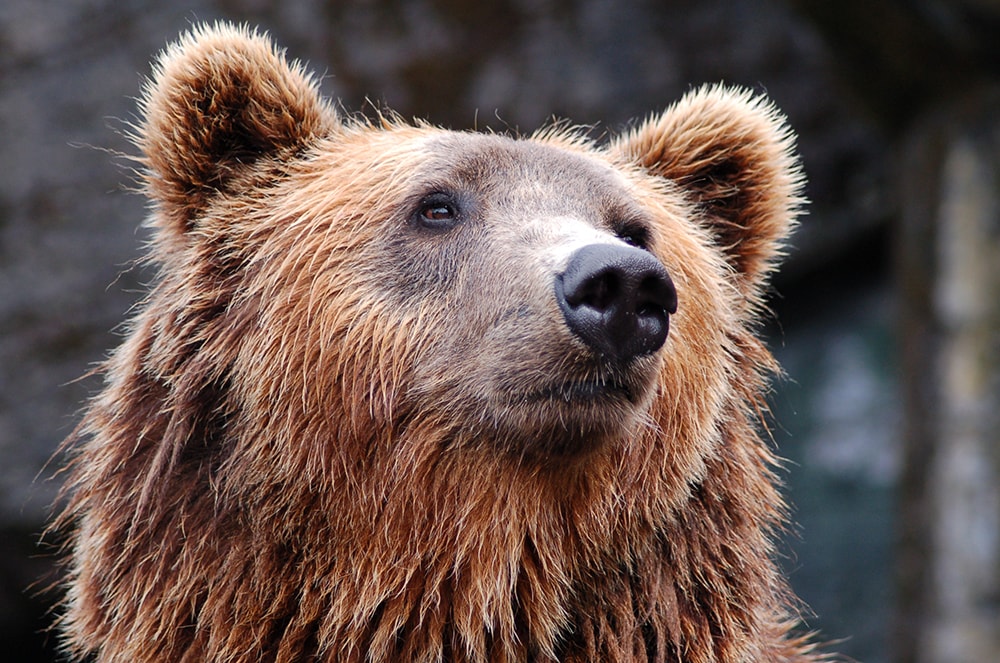
Finally, remember to play it safe – for your sake, and the animals’ as well. Remember, wild animals are wild creatures, and it’s important to stay cautious and alert. You’ll also want to avoid getting so close to the animal that you upset it. Some creatures scare more easily than others, and often, frightening them can have serious implications. Birds, for instance, will sometimes abandon their nests if they feel unsafe, so make sure you keep your distance, and try to avoid spooking them.
Whether you’re tracking the Big Five on an African Safari, or photographing squirrels in your own backyard, you can capture some amazing images, with breathtaking results no matter how ordinary your subject may be. Part of photography is learning to see things in a new light, so look for a chance to showcase your subject in a way that tells a story, or try to highlight a certain aspect of them that catches your eye.
Finally, when it comes to wildlife photography, patience is the name of the game. It takes time to capture a great image of an elusive animal, so don’t worry if you don’t end up with excellent shots the first time. Remember, the more you observe the creature, and learn about their habits, the better your chances of being able to capture some truly unique and exciting wildlife images.
Don’t forget that our ebook, Cameras in the Wild: A Guide for the Adventuring Photomaker, is out now! If you’re into adventure photography, this is the ebook to get! In it you will learn not only how to capture a strong photograph, but also how to develop your images so that they become polished manifestations of your unique vision.
